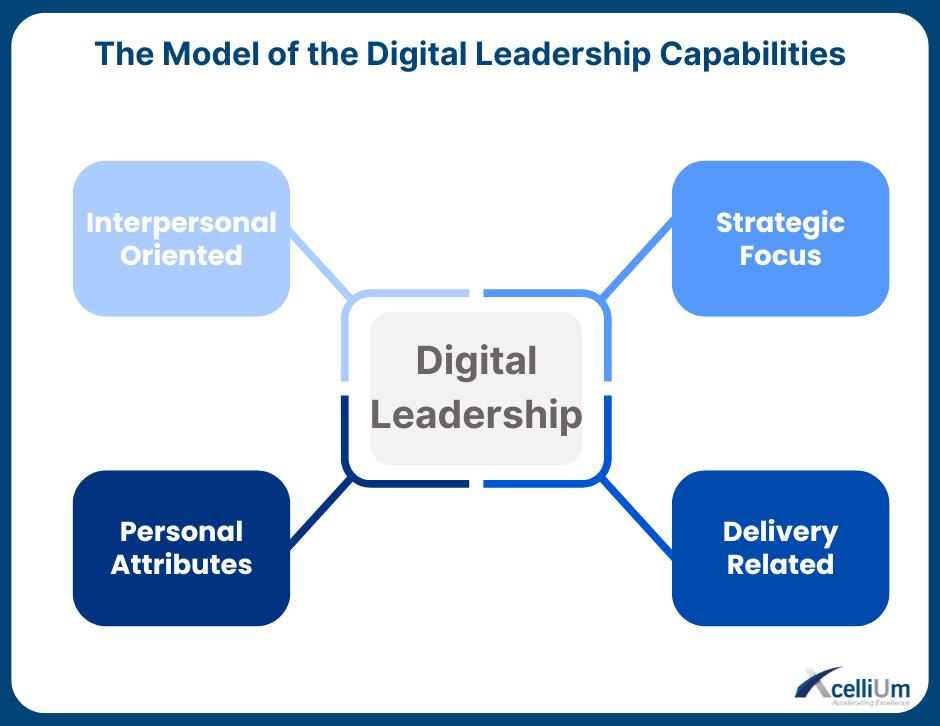Synergies between Digital Thinking and Systems Thinking
- Nina Keyrouz
- Oct 2, 2023
- 3 min read
Updated: Jan 26, 2024

In our modern age of information and technology, the world functions in tandem with rapidly changing digital landscapes. Here, innovation is not just an option – it’s a necessity, given the unique challenges this digital era presents.
As we navigate this digital age, two primary frameworks emerge: digital thinking and systems thinking. While they differ in origin and core concepts, they have strong synergies when combined.
Digital Thinking: A brief overview
Digital thinking revolves around the understanding and utilization of digital tools, technologies, and platforms to solve problems and enhance processes. Digital Thinking isn't a formalized philosophical doctrine with a specific origin in the same way Systems Thinking is. Instead, it's a mindset and an approach that has evolved with the growth and permeation of digital technologies in society.
The Harvard Business Review, in a spotlight series titled “The Digitally Literate Organization” offers valuable insight on "What is a Digital Mindset?": Learning new technological skills is pivotal for digital transformation. But it doesn't end there. Employees ought to be driven to leverage these skills to unearth fresh opportunities. This calls for a digital mindset. This mindset, as psychologists describe, dictates how we perceive, feel, and navigate the world, especially in a landscape increasingly steered by data-centric and intelligent technologies.
Attributes of a Digital Mindset include:
Flexibility and Adaptability: Understanding that the digital world is ever evolving and that constant change is the norm.
User-centric Focus: Prioritizing user experience and ensuring tools and technologies are tailored for user engagement.
Iterative Development: Accepting that solutions may not always be perfect from the outset but can be refined over time using feedback loops.
Systems Thinking in Perspective
Conversely, Systems thinking is an approach to understanding how components of any system interrelate, how they operate over time, and how they function within the context of larger systems.
Key elements include:
Holistic View: Instead of isolating specific parts, the whole system is considered to recognize patterns and relationships.
Feedback Loops: Understanding the cyclical nature of systems where output affects future input.
Emergent Properties: Recognizing that a system can produce outcomes not predictable by understanding its individual components.
Finding the Synergies
When we juxtapose digital thinking and systems thinking, several complementary areas emerge:
Holistic User Experience: Just as systems thinking encourages a holistic view of processes, digital thinking emphasizes holistic user experiences. Combined, these approaches can lead to digital solutions that are both efficient and user-friendly.
Innovation through Feedback: Both methodologies value feedback. Digital platforms often rely on user feedback for refinements, while systems thinking emphasizes feedback loops to understand system behaviors. This overlap can result in continuously improved digital solutions.
Understanding Complexity: The digital realm can be as intricate as any system. By applying systems thinking, we can better grasp the complexities of digital landscapes, leading to more robust strategies and solutions.
Future-Proofing Solutions: A blend of these approaches can result in adaptable solutions. By understanding systemic relationships and digital evolution, we can design solutions that stand the test of time.
Businesses should leverage digital tools to optimize operations, understand customer behavior, and innovate products. Systems thinking allows these businesses to understand the broad repercussions of decisions, ensuring sustainability and growth.
Therefore, the fusion of digital and systems thinking can yield profound insights and innovative solutions. Here are two examples to learn from.
Example 1: Netflix's Recommendation System
Netflix uses digital thinking by employing algorithms to analyze what you watch. But they also use systems thinking by considering larger patterns, such as the viewing habits of similar users, seasonal viewing trends, and show popularity. By integrating both, Netflix doesn't just recommend shows you might like based on your history, but also predicts and suggests new content based on wider user behavior and trends.
Example 2: Urban Traffic Management
Many cities now use digital tools like sensors and cameras to monitor traffic flow in real-time. This is digital thinking. But by also using systems thinking, they consider how school times, weather patterns, public events, and public transport schedules affect traffic. By combining both approaches, traffic management centers can predict congestions and proactively adjust traffic light timings or send out public advisories to ensure smoother commutes.
In both examples, the marriage of digital and systems thinking results in more dynamic and adaptive solutions.
Conclusion
In an age where complexity is a given and change is constant, a blend of digital and systems thinking can guide us towards solutions that are not only effective but also sustainable.
By understanding the digital tools at our disposal and the systems in which they operate, we are better equipped to navigate the challenges and opportunities of the 21st century.
References:
Nancy Nouaimeh
Culture Transformation and Organizational Excellence






Comments